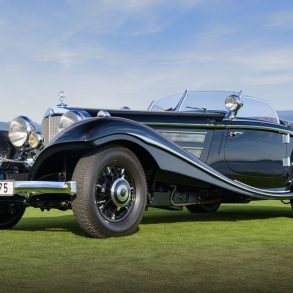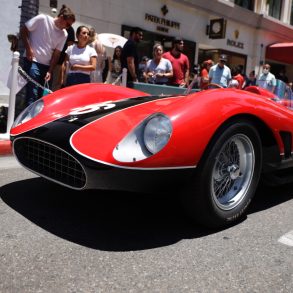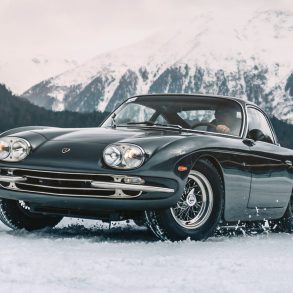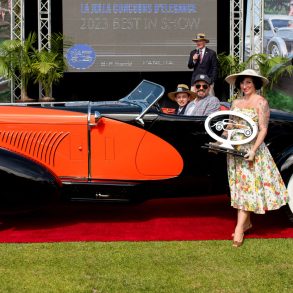To 21st Century eyes they are curious looking contraptions. The Columbia Mk XXXV is one of the earliest examples entered in the 2021 Amelia Island Concours’ IT’S ELECTRIC class. It’s architecture betrays the electric car’s mission and social origin.
The first electrics were mainly horseless carriages meant for the convenient transportation of the upper classes across the urban-scapes of the early 20th Century: a quiet, quick and odorless replacement for the horse drawn carriages they often resemble.
Much of their speed advantage lays in the economy of time required getting underway, a complex and potentially hazardous task when dealing with horses. And much more dignified than the occasionally painful ignition rituals of early internal combustion engines: what some steam and electric car merchants called, derisively, “explosion cars.” Little wonder electrics were also popular among doctors in the days of house calls.
The Electric Vehicle Company of Hartford, CT built both gasoline and electric autos from 1897 until 1913 when Columbia became a division of the United States Motor Company. The twin motor, 88 volt wet cell battery-powered 1905 MK XXXV Brougham was capable of speeds up to 18 mph through a 5-speed transmission.
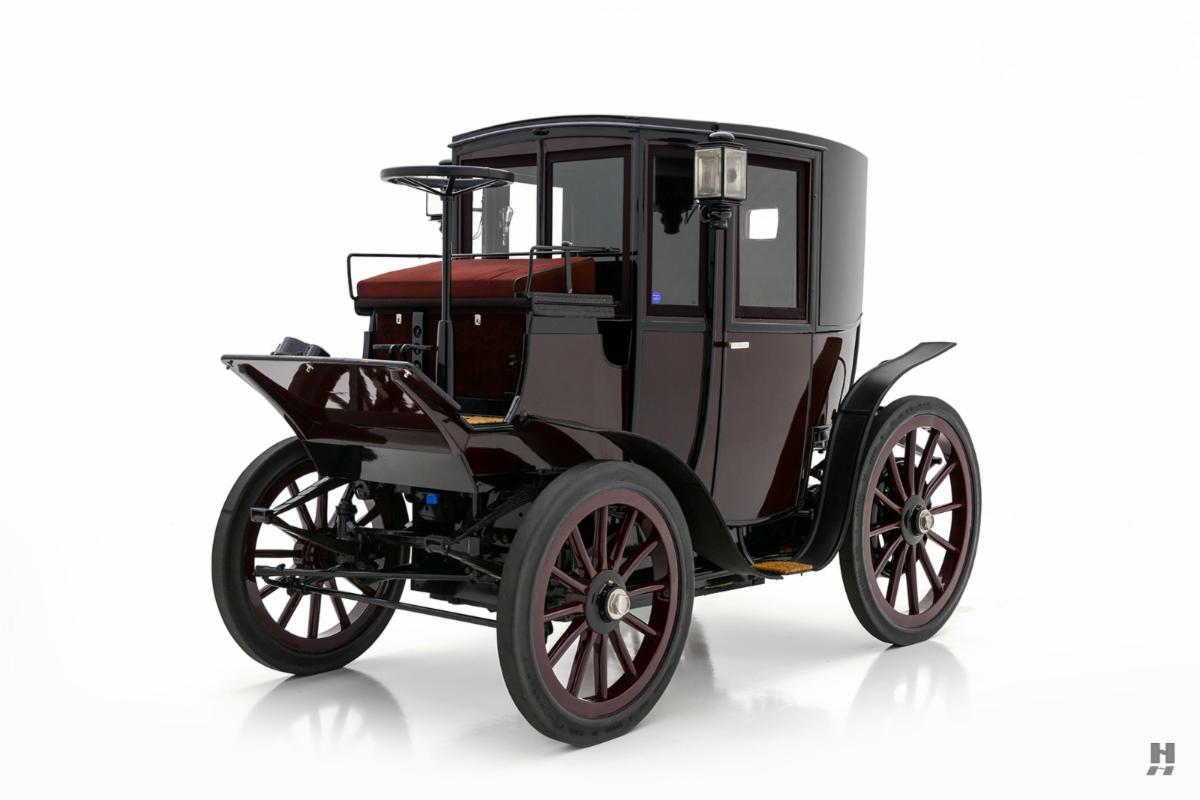
It’s neither error nor coincidence that Columbia named its top of the line electric “Brougham” after the most popular closed carriage of the recent Victorian era. The Columbia Electric Brougham was conceived and built to transport “The Haves” with luxury and privacy. In dignified language that bordered on snobbery Columbia said so in restrained but unmistakably haughty terms in their catalog, booklet and print ads. . .
“Columbia electric town carriages of the coach type are built for private service only from plans and specifications approved by the most critical and discriminating class of vehicle owners.”
“Fashion is autocratic in the manner of town carriages for private service. This is why it means so much that social leaders have approved of the Columbia Extension Front and Straight Front Electric Broughams which you may see standing before the doors of many exclusive homes in our large cities.”
The Columbia Brougham reveals the mission of the earliest electric cars. The short duty cycles of turn of the century electrics made for relatively fast — compared to the equine pace of the gilded age — safe, quiet, dignified and comfortable (standard Michelin pneumatic tires) urban transport for the right sort of people. At $3000 Columbia was certainly not courting those who would become customers of Henry Ford when he turned the Model T loose on the world in 1908.
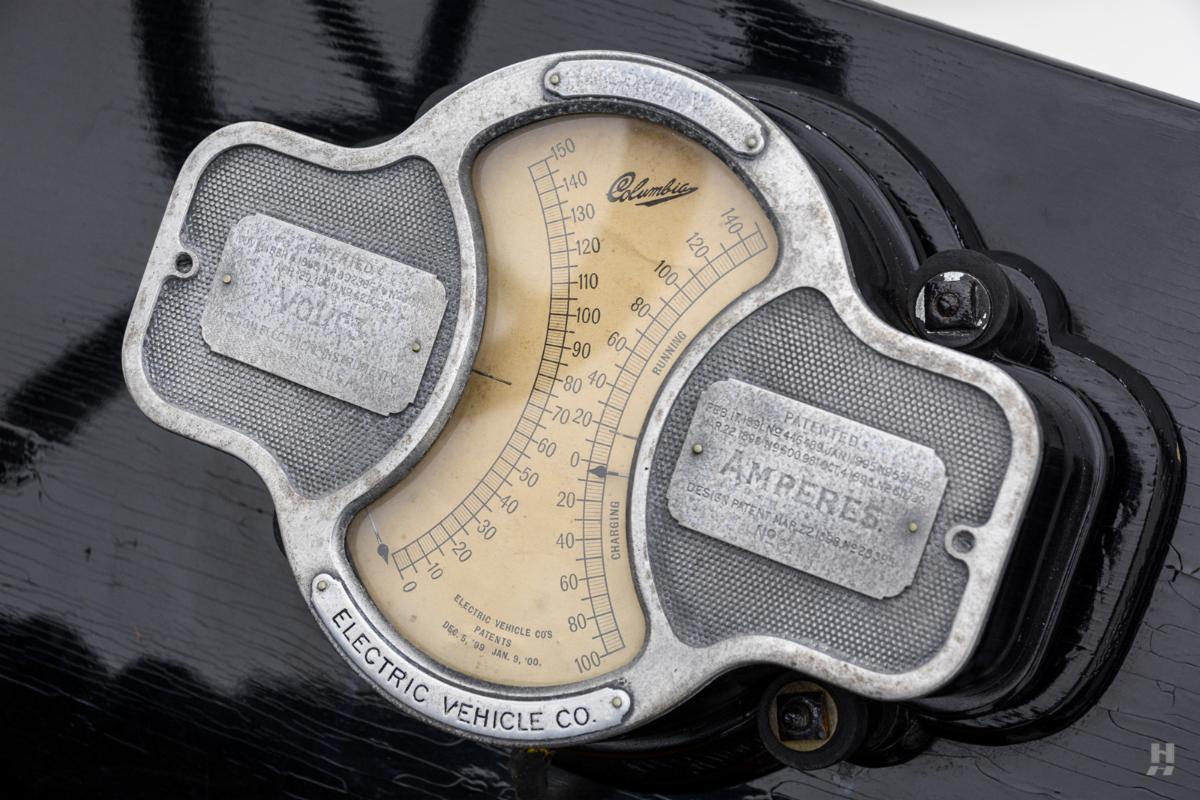
Columbia no doubt hoped that the social patina of the Brougham Mk XXXV might affix itself to Columbia’s other electric offerings; the Surrey ($1700 with underslung battery) or the entry level, two-place $900 Runabout. Columbia was able to resist broadcasting that their stylish $1,600 “Elberon” Victoria Mk XXXI was the personal car of Mrs. Edith Bolling Galt, the second wife (1915-1924) of President Woodrow Wilson. She was called “the secret president” and was said to be the first woman to own and drive such a vehicle.
Aspiring tradesmen could impress their customers with one of Columbia’s electric delivery wagons by spending a lofty $4,000 for the Columbia electric truck.
“Columbia had offices in major American cities. An electric — personal or commercial — could cross those cities many times on a single battery charge. That made electrics practical and gave them real utility at the turn of the last century,” said Bill Warner, founder and Chairman of the Amelia Island Concours d’Elegance. “In America, railroads, not highways, connected far flung cities. In that world electrics made a lot of sense.
“Early electric car owners could be content knowing they were likely seen as members of the upper class,” Warner continued. “So, not much has changed on that front in the last 115 years.”
For more information visit www.ameliaconcours.org




